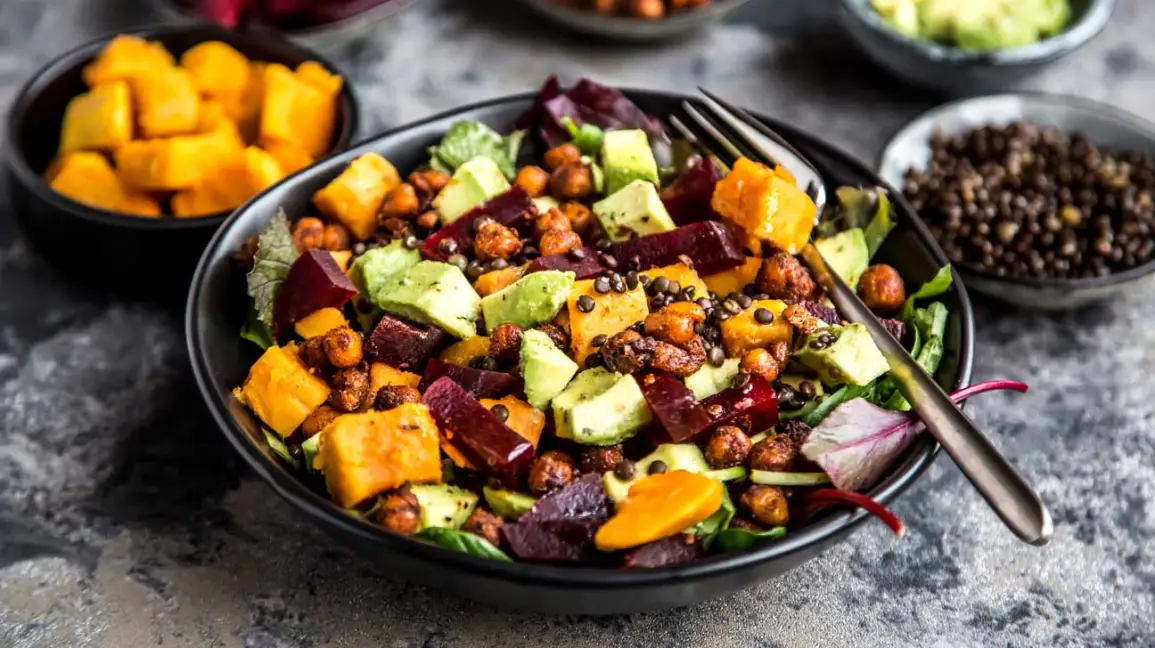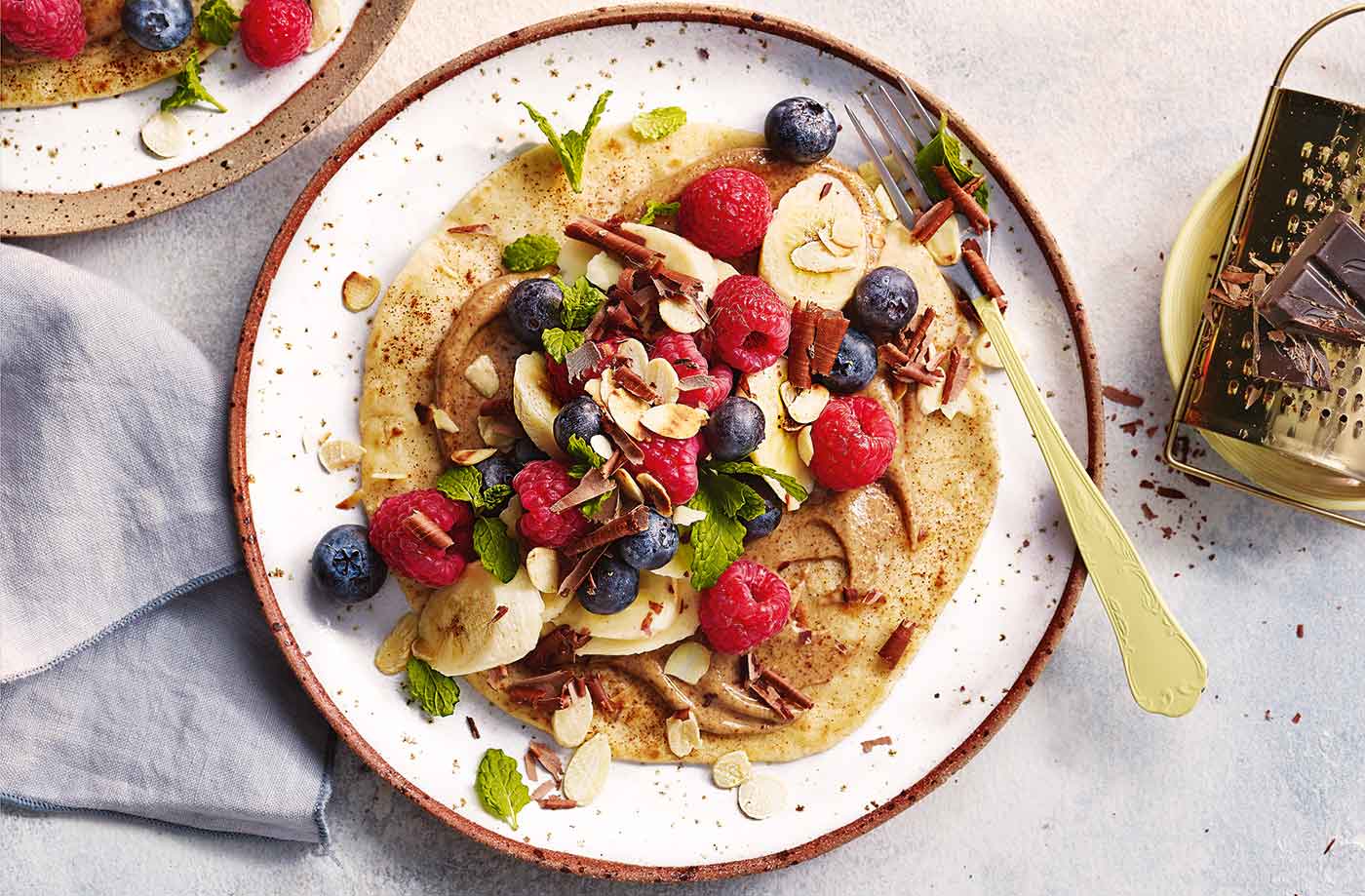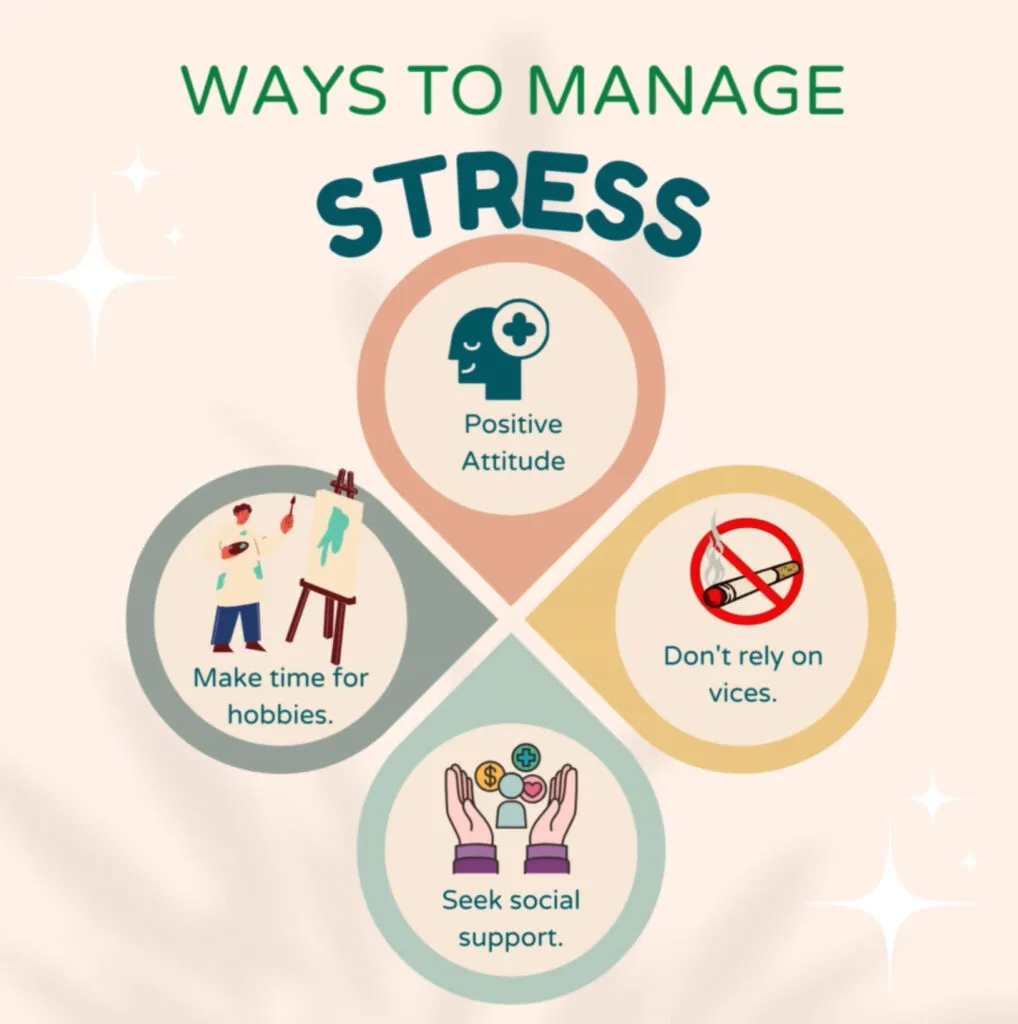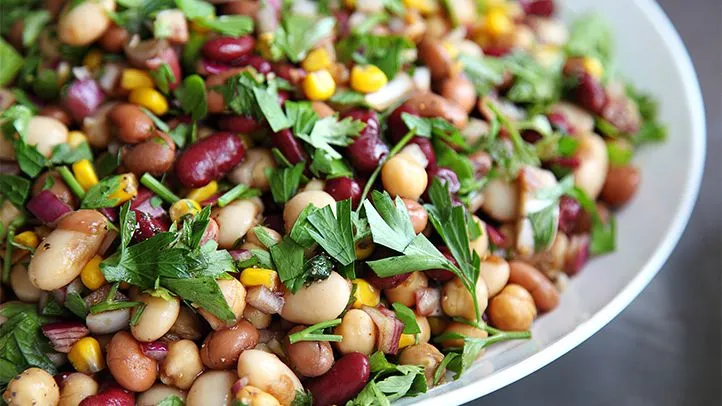High cholesterol levels are a growing health concern worldwide, as they increase the risk of heart disease and stroke. However, making simple dietary changes can significantly improve cholesterol levels and overall cardiovascular health. This article explores various foods scientifically proven to help lower cholesterol and explains how to incorporate them into your diet.
Understanding Cholesterol
Cholesterol is a waxy, fat-like substance found in your blood. While your body needs cholesterol to build cells and produce certain hormones, having too much LDL cholesterol (commonly known as “bad cholesterol”) can lead to plaque buildup in arteries, increasing the risk of heart disease.
Top Foods to Lower Cholesterol
- Oats and Barley
These whole grains are rich in beta-glucan, a soluble fiber that helps reduce LDL cholesterol. Beta-glucan forms a gel in the gut that binds cholesterol and prevents its absorption.- How to Enjoy: Start your day with oatmeal topped with fruits or add barley to soups and salads for a hearty meal.
- Fatty Fish
Fatty fish like salmon, mackerel, and sardines are high in omega-3 fatty acids, which help lower triglycerides and reduce inflammation in the body.- How to Enjoy: Bake, grill, or steam fatty fish and pair it with steamed vegetables for a balanced meal.
- Nuts
Almonds, walnuts, and pistachios are rich in unsaturated fats, fiber, and plant sterols, all of which help lower LDL cholesterol.- How to Enjoy: Snack on a handful of nuts or sprinkle them over salads and yogurt.
- Avocado
Avocados are packed with monounsaturated fats and fiber, which can help reduce LDL cholesterol while boosting HDL (good cholesterol).- How to Enjoy: Spread avocado on whole-grain toast or add it to salads and smoothies.
- Legumes
Lentils, chickpeas, black beans, and other legumes are excellent sources of soluble fiber and plant protein, which help lower cholesterol levels.- How to Enjoy: Use legumes in soups, stews, or salads, or make a bean dip like hummus.
- Dark Leafy Greens
Vegetables like spinach, kale, and broccoli are rich in lutein and other carotenoids that help reduce cholesterol by binding bile acids and eliminating them from the body.- How to Enjoy: Add greens to smoothies, sauté them with garlic, or enjoy them in salads.
- Berries
Blueberries, strawberries, and raspberries are high in antioxidants and soluble fiber, which help lower LDL cholesterol and protect against oxidative stress.- How to Enjoy: Add berries to oatmeal, yogurt, or smoothies for a refreshing treat.
- Olive Oil
Extra virgin olive oil is rich in monounsaturated fats and antioxidants, which can help lower LDL cholesterol and improve heart health.- How to Enjoy: Use olive oil as a salad dressing or drizzle it over roasted vegetables.
- Soy Products
Foods like tofu, soy milk, and edamame contain plant-based proteins and isoflavones that help reduce LDL cholesterol.- How to Enjoy: Substitute soy milk for dairy milk or add tofu to stir-fries and salads.
- Dark Chocolate and Cocoa
Dark chocolate with at least 70% cocoa content contains flavonoids that can help lower LDL cholesterol and improve HDL levels.- How to Enjoy: Enjoy a small piece of dark chocolate as a dessert or add unsweetened cocoa powder to smoothies.
Additional Tips for Lowering Cholesterol
- Avoid Trans Fats: Found in many processed foods, trans fats raise LDL cholesterol and lower HDL cholesterol. Check food labels for “partially hydrogenated oils” to avoid these harmful fats.
- Increase Fiber Intake: Aim for at least 25-30 grams of fiber daily, focusing on soluble fiber from fruits, vegetables, and whole grains.
- Stay Active: Regular exercise boosts HDL cholesterol and improves overall heart health. Aim for at least 30 minutes of moderate activity most days of the week.
- Maintain a Healthy Weight: Losing even a small amount of weight can improve cholesterol levels and reduce the risk of heart disease.
Sample Meal Plan for Cholesterol Reduction
Breakfast
- Oatmeal topped with blueberries and a drizzle of honey.
- A cup of green tea.
Snack
- A handful of almonds and a sliced apple.
Lunch
- Grilled salmon with a spinach and quinoa salad, dressed with olive oil and lemon juice.
- A side of steamed broccoli.
Snack
- Carrot sticks with hummus.
Dinner
- Lentil soup with whole-grain bread.
- A mixed berry dessert.
Conclusion
Adopting a heart-healthy diet rich in fiber, healthy fats, and plant-based foods can significantly reduce cholesterol levels. Small, consistent changes to your eating habits can lead to long-term benefits for your cardiovascular health. Incorporate the foods mentioned above into your daily meals, and pair them with regular exercise and a healthy lifestyle for optimal results.




